
Kumaire/Måle’
Kumaire, is religious and social term to describe the relationship between parents and their child’s godmother, borrowed from the Spanish comadre and appropriated into CHamoru

Kumaire, is religious and social term to describe the relationship between parents and their child’s godmother, borrowed from the Spanish comadre and appropriated into CHamoru

Ma uritao, an ancient CHamoru term used before Christianity was introduced to the CHamoru people, describes young unmarried women who resided at the Guma’ uritao
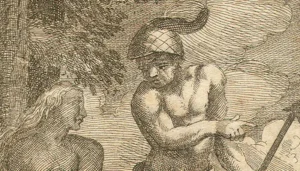
When Chamorro/CHamoru males reached puberty during ancient times, they were sent to live at the Guma’ Uritao, a house for bachelors. The bachelors would live
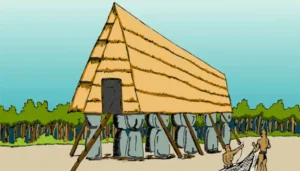
I mangguma’ uritao, men’s houses, were houses for young CHamoru men in the Mariana Islands from ancient times until the late 1600s (‘I’ means ‘the’;
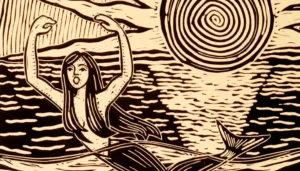
The mythological maiden, Sirena, in the ‘I Tetehnan’ manuscript is considered a proverb, and not a legend.
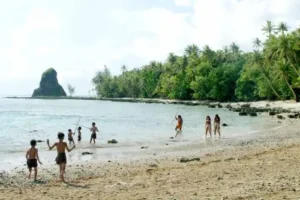
Fouha Bay, located just north of Humåtak on Guam’s southern west coast at the mouth of Fua River, holds thousands of years of meaningful history.
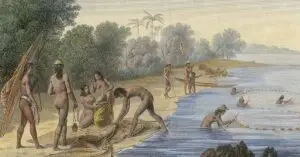
Since ancient times, Chamorro/CHamoru society has assigned both distinct and overlapping roles by gender. Both parents participate in family decisions, provide continuing support of their